The Snack Food Packaging Market has experienced remarkable growth, driven by the increasing demand for convenience and on-the-go snacking options. This market is characterized by intense competition among various packaging manufacturers, who are continuously innovating to meet evolving consumer preferences. Sustainable packaging solutions are gaining traction as environmental concerns become a significant factor affecting purchasing decisions.
Companies are investing in research and development to create lightweight, durable, and eco-friendly packaging that enhances product shelf-life while minimizing waste. The market's dynamism is further fueled by strategic partnerships, acquisitions, and collaborations, allowing companies to expand their market reach and enhance their product offerings.
The focus on customized packaging, coupled with technological advancements in printing and design, is shaping the competitive landscape as players strive to differentiate themselves in a saturated market.
Sonoco Products has established a strong presence in the Snack Food Packaging Market thanks to its extensive product portfolio and innovative packaging solutions. The company is recognized for its commitment to quality and customer satisfaction, positioning it as a reliable partner for manufacturers in the snack food sector.
Leveraging its expertise in material science and packaging technology, Sonoco Products has developed a variety of flexible and rigid packaging options that cater to diverse consumer needs. The company's emphasis on sustainability has led to the introduction of eco-friendly materials, which resonate well with environmentally conscious consumers.
Additionally, Sonoco's reach and operational efficiency enable it to respond quickly to market demands, making it a key player in the snack food packaging arena.
Huhtamaki has made significant strides in the Snack Food Packaging Market by focusing on innovation and sustainability. The company is known for its diverse range of packaging solutions that meet the specific requirements of snack food producers, including functional designs that enhance product visibility and convenience.
Huhtamaki's commitment to using renewable and recyclable materials aligns with the growing demand for sustainable packaging, which has garnered attention from major snack food brands aiming to improve their environmental impact.
With a strong emphasis on research and development, Huhtamaki continues to introduce cutting-edge technologies and designs that enhance the consumer experience while ensuring product protection.
Its extensive network allows the company to cater to various regional markets effectively, further solidifying its position in the competitive landscape of snack food packaging.
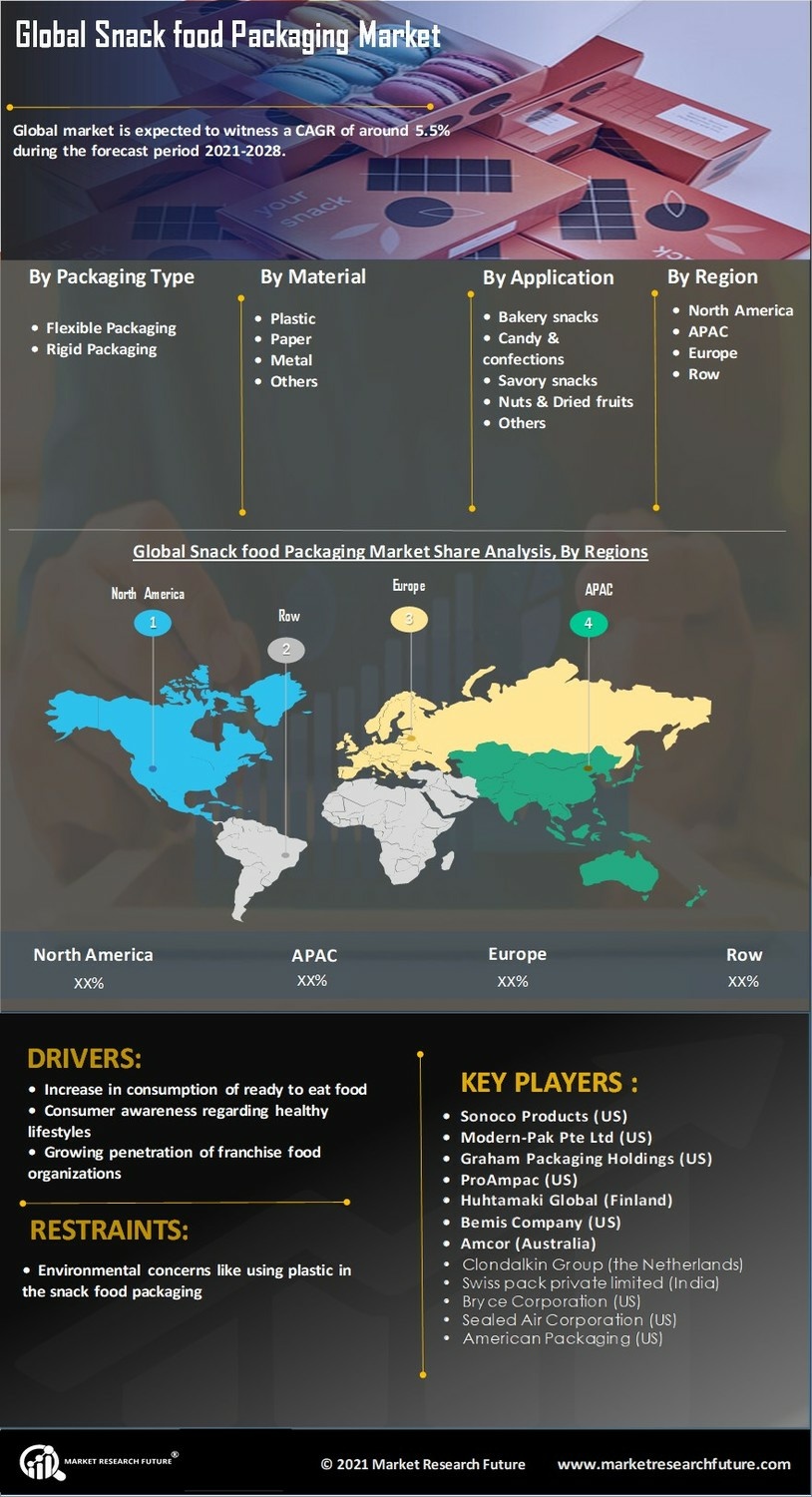

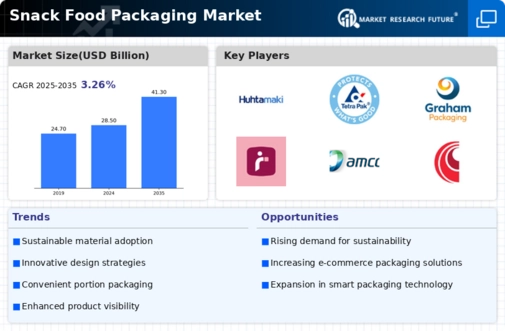
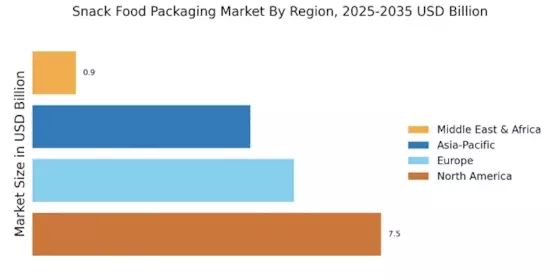
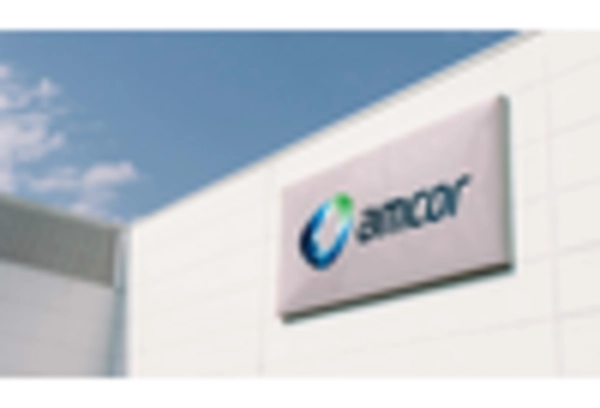
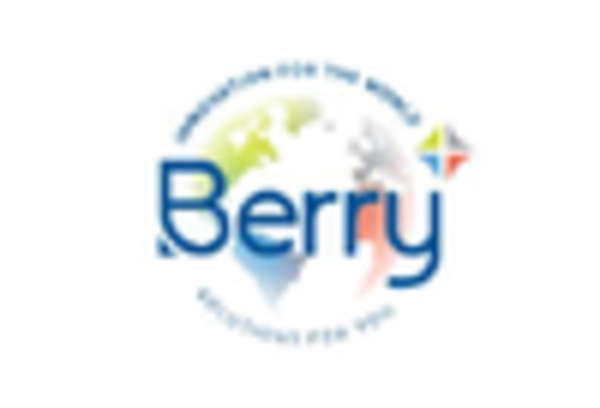
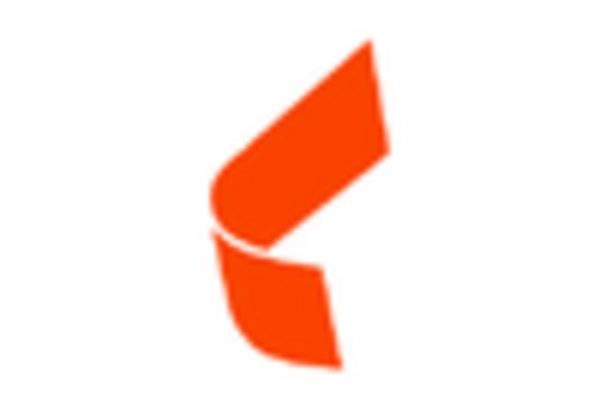
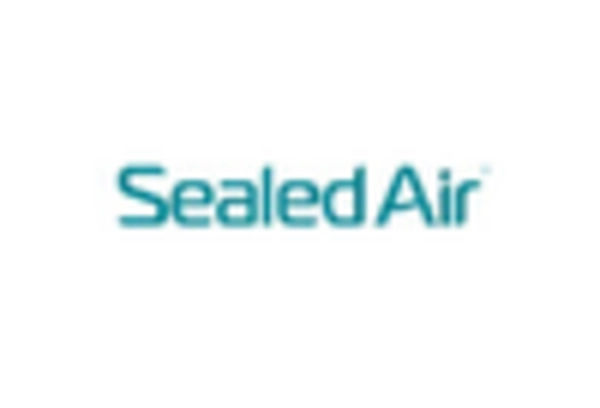
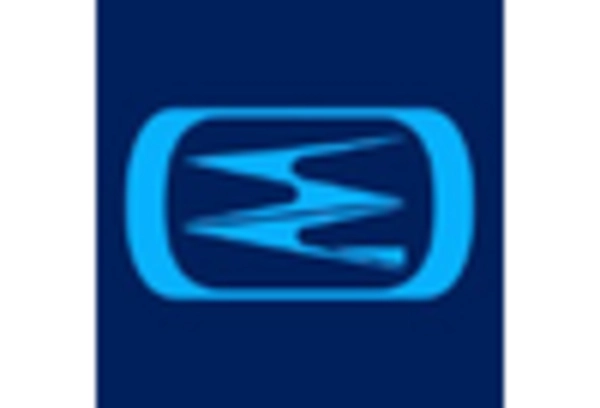
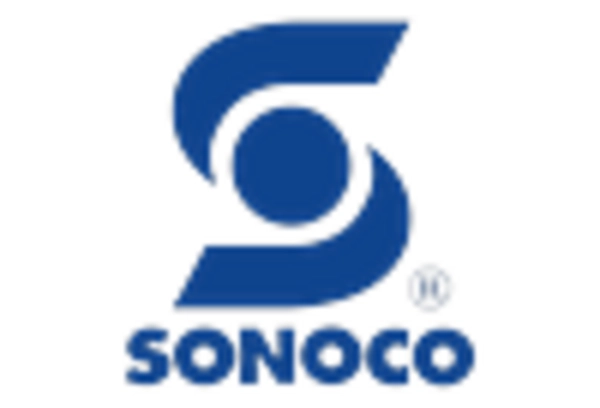








Leave a Comment